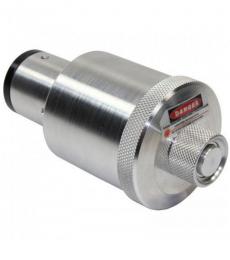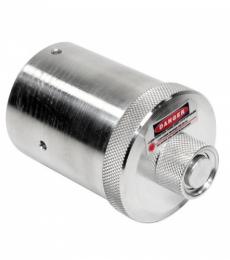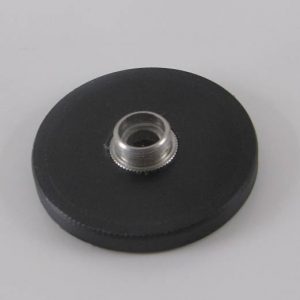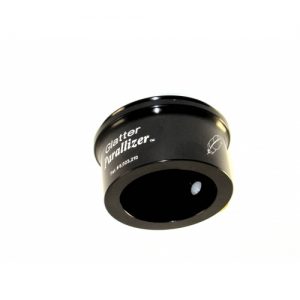SI-LC2125-650—Single Red Beam 2"/1.25" Laser Collimator **BACK ORDERED**
$310.00
Available on backorder
Description
- Single red beam operates at 650nm.
- The Howie Glatter Laser Collimator incorporates a solid state laser diode that does not fade or change with time and use.
- Factory-aligned to 15 arc-seconds providing 0.1 inch accuracy at a distance of 20 feet,
- The Howie Glatter 2″/1.25″ Laser Collimator is shock resistant to keep its alignment – even when dropped.
- Includes 123A lithium battery, 1mm aperture stop, and protective case.
When I started manufacturing laser collimators I realized that in order to produce consistent and accurate results they must be highly resistant to mechanical shock, so that internal laser alignment is maintained. I experimented with this aspect of collimator construction and developed a design which tremendously increased shock resistance. After aligning the laser within 15 arc seconds, I shock test each collimator by whacking it against a block of urethane plastic (urethane prevents marring), striking it at least a dozen times on three axis. I then recheck the laser alignment, and if it has not changed the collimator passes. I believe this is the most important difference setting my collimator apart from all others I know of. They will withstand a shock equivalent to dropping from eyepiece position, up the ladder on a big Dob, without alteration of laser alignment.
The beam from all red diode lasers used in collimators is fuzzy-edged and elliptical in cross-section. When collimating, you sometimes must judge the location of the center of the spot by eye. To improve collimating precision, all of my collimators (except 532nm) are supplied with a removable accessory plastic aperture stop having a 1mm hole, which push-fits into the laser aperture. It produces a tiny, circular beam impact which allows more accurate alignment. With the holographic collimators, it is not used at the same time as the holographic feature, and the diffractor must be removed to install the stop. With the stop inserted the beam impact at a distance of one meter or more looks like a star diffraction pattern, with a central dot surrounded by diffraction rings. The surrounding rings can help in centering the beam very accurately.
I offer the red holographic collimators with a choice of either 650 nanometer or 635nm wavelength. The two lasers have the same radiometric power output, but because the human eye’s sensitivity to the shorter wavelength is greater, the 635nm. laser appears about two or three times brighter. The higher cost of 635nm laser diodes increases the collimator price, but it enables holographic collimation in brighter ambient light. If you intend to collimate in early twilight, it is a good choice. In darkness, however, the 650nm laser is quite adequate. Because single beam collimators concentrate all the laser light in the central beam, the 650nm laser is quite adequate for them.”
Precise… Accurate… and Durable… What more could you ask?
Additional information
| Weight | 1 lbs |
|---|




